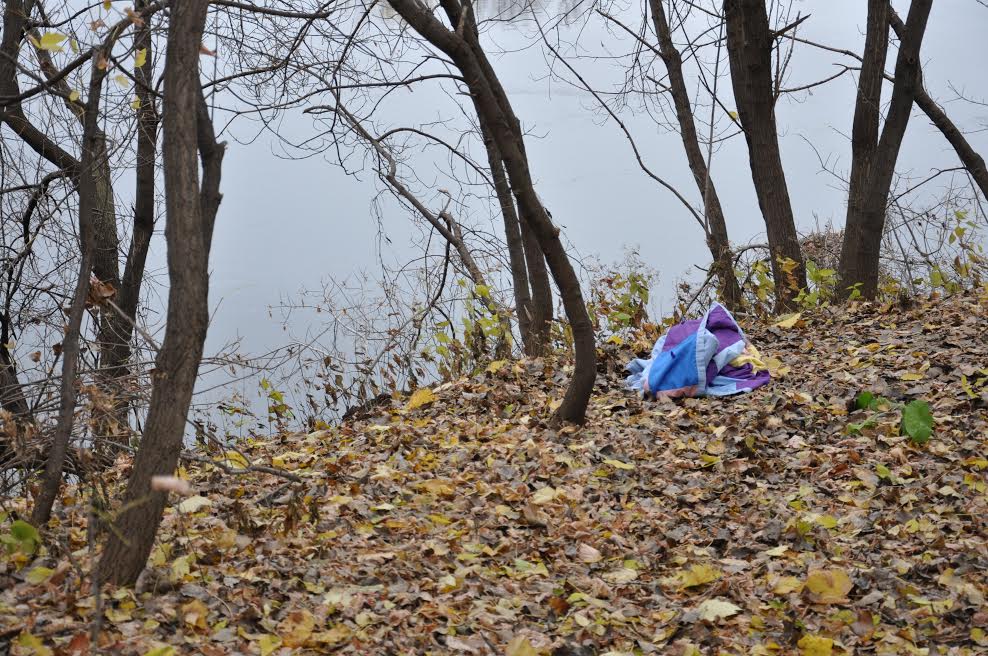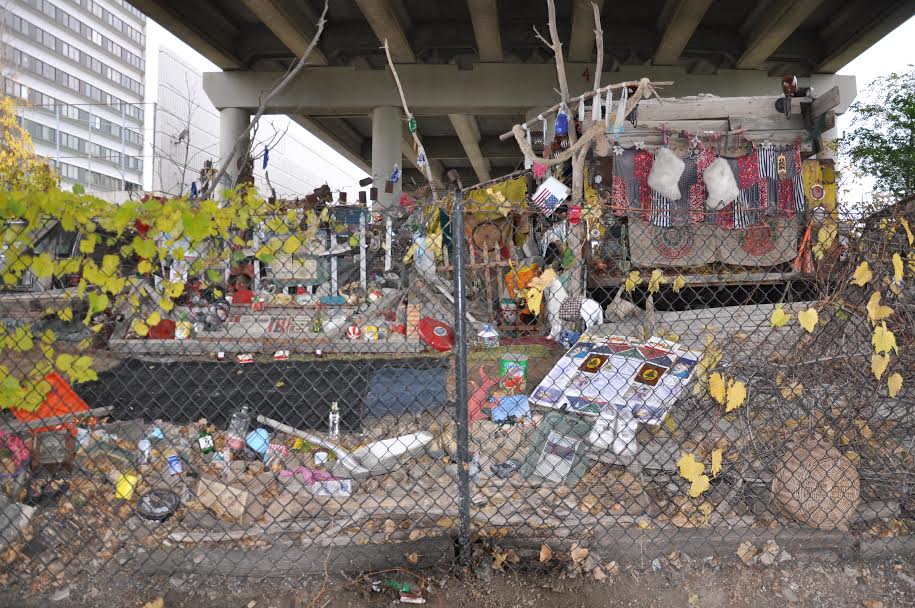Minneapolis is a National Leader in its Initiatives to End Homelessness
 Saturday, December 17, 2016 at 3:35PM |
Saturday, December 17, 2016 at 3:35PM |  Claudia Kittock |
Claudia Kittock | Article by Claudia Kittock, photos by Rick Kittock
A friend of mine, Riley, has experienced homelessness for 8 years of his adult life. He graduated from an Ivy League college, was a Division I athlete, and after graduating, worked for CBS Sports for 15 years. During that time he married and had a son. His marriage fell apart about the same time he lost his job at CBS due to downsizing. He found himself homeless after a cascade of events that included the end of his marriage, losing his job, and some medical problems that occurred after he lost his health insurance. How did this happen? How could a man like Riley be living on the streets of Minneapolis?
Minneapolis is one of the leaders in the country in their efforts to end street homelessness. Agencies from the public sector, private sector, and government are finding ways to work together to attack this issue in our city. Progress has been made in all areas, but as long as one person is homeless, the work is not finished.
In March of 2006, 70 community leaders began this process by creating the Heading Home Hennepin, a 10-year plan to end homelessness. It was part of a national movement, sharing what works and taking new action to switch the paradigm from managing homelessness to ending homelessness. This group represented federal, state, and local governments, businesses, non-profits, faith-based groups, and philanthropic communities as well as people who had experienced homelessness and some who were experiencing homelessness at that time.
The Minneapolis Downtown Council (MDC) launched its 2025 Plan, a planning vehicle to help leaders and citizens build on assets and guide its development in ways that reflect the community’s aspirations. Goal nine of the 2025 Plan is to end street homelessness by extending housing and outreach efforts so that the 300-500 people who sleep outside or in inhumane places have shelter, treatment and job training that keeps them off the streets.
The Task Force to End Street Homelessness was formed in 2012 to plan ways to prevent, coordinate outreach, help create new housing opportunities, connect people to services that will help them find and retain stable housing, and work on strategies to connect people to livable wage jobs, as well as making system improvements. Members of the task force meet several times a year, while subcommittees meet monthly.
One of the subcommittees is Daytime Engagement. If you are experiencing homelessness, and sleeping in a shelter, what do you do all day? A woman I met, Darla, asked me how many times I had been asked to leave a coffee shop when having coffee. Never, of course! Darla went to coffee shops to get warm and to buy a cup of coffee, yet got asked to leave while still drinking her coffee.
80% of people experiencing homelessness work. What do you do with your worldly possessions while you are at work? Do you take them with you every day? Where do you store them? Chuck, a young man I work with, told me that he takes his duffle bag everywhere as he has no place to store it. He has been asked about it on several job interviews, and did not get those jobs.


Many people begin their journey as homeless with a car, often sleeping in it when temperatures allow. If you find shelter, perhaps at People Serving People, where do you park your car? How do you afford to park your car in downtown? How do you find a job without a car? Through a series of conversations, Dennison Parking offered People Serving People free parking for people in the shelter. That means that people in the shelter can afford to continue to look for work and shelter through the use of their car.
The most important thing to know about all of these initiatives, programs, committees, and subcommittees is that Minneapolis is one of the leading cities in the efforts to end street homelessness. Dedicated professionals are engaging the community in these efforts and it is paying off. Together we are stronger, and only together will be the first city to end street homelessness. Riley? He has progressed from living on the streets, to living in a shelter, and is now living in his own apartment. Riley holds down 2 jobs, has health insurance, and is very involved in his son’s life.
Claudia can be reached at claudia@millcitymedia.org
